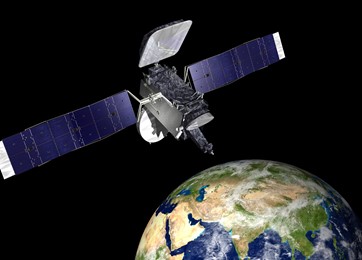
Space-Qualified Laser Diodes – For many years, space applications have steadily increased the utilization of laser diodes for various instruments (mainly pump sources for solid-state lasers). Because of this, organizations have developed qualification methodologies to ensure high levels of quality, performance, and lifetime.
In recent years, increasingly complex scientific payloads have required more precise lasers for metrology, calibration, and environmental sensing. Payload engineers have continued to develop increasingly stringent criteria for space qualification due to this ramp-up in complexity, ensuring the reliability and performance of these precision laser diodes for space applications.
Since the failure of even a single component can jeopardize the mission’s success, instruments must be rigorously screened, qualified, and selected, following critical protocols, to meet the specifications determined by mission requirements. The team at RPMC has extensive experience in getting products space-qualified through our manufacturers to ensure you get a suitable, reliable solution for your project.
Conforming to Mission Specs in Harsh Environments
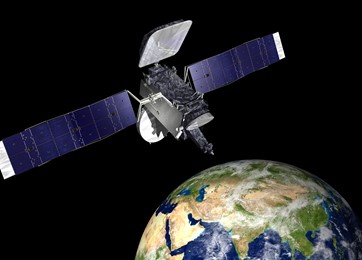 Spaceflight exposes the mission’s instruments and components to extraordinary environmental conditions, from extreme g-forces at launch to severe temperature gradients and intense radiation fields. Due to these harsh conditions and the critical impact of component failure on mission success, components require strict adherence to the utmost standards of build quality and product performance. The protocols must be stringent enough to ensure components conform to mission specifications under these harsh operating conditions for the mission’s duration (potentially several years).
Spaceflight exposes the mission’s instruments and components to extraordinary environmental conditions, from extreme g-forces at launch to severe temperature gradients and intense radiation fields. Due to these harsh conditions and the critical impact of component failure on mission success, components require strict adherence to the utmost standards of build quality and product performance. The protocols must be stringent enough to ensure components conform to mission specifications under these harsh operating conditions for the mission’s duration (potentially several years).
Acceptance Test Plan
The first step of any space qualification process is developing an Acceptance Test Plan (ATP). When creating a successful ATP, both device engineers and space systems engineers must work closely together to carefully consider the performance constraints of the components and the environmental conditions of the mission. Following the ATP to perform careful procurement and screening, the team can explore the operating limits of the components, understand the physics of failure mechanisms, and apply any appropriate deratings. The explicit goal of an ATP is to reduce the potential for component failure to an exceptionally low level. Only after successful execution of all tests, according to the ATP, can a particular lot of devices be certified for space-based mission applications.
Laser Diode Source Selection
Space Level qualification begins with specifying and selecting diode lasers that meet the mission’s optical and electrical requirements. To determine the suitability of laser diode candidates, one needs to ensure that a sufficient quantity can be obtained from a single, traceable lot. This critical first step provides plenty of devices for destructive testing, eliminations through stringent quality screening, and allocation of control units to ensure an appropriate quantity remains for utilization on the space mission.
ATP Flow Chart – General Guidelines
According to the ATP, depending on the particular requirements of a given entity (ESA, NASA, military, etc.), a population of laser diodes will be selected for screening and qualification. According to the ATP, this selected group will subsequently go through screening and qualification, with a subset of the original population certified as flight-ready units. A typical ATP flow is shown below. While each test’s detail is proprietary to the customer, generally, they follow military standard specifications.
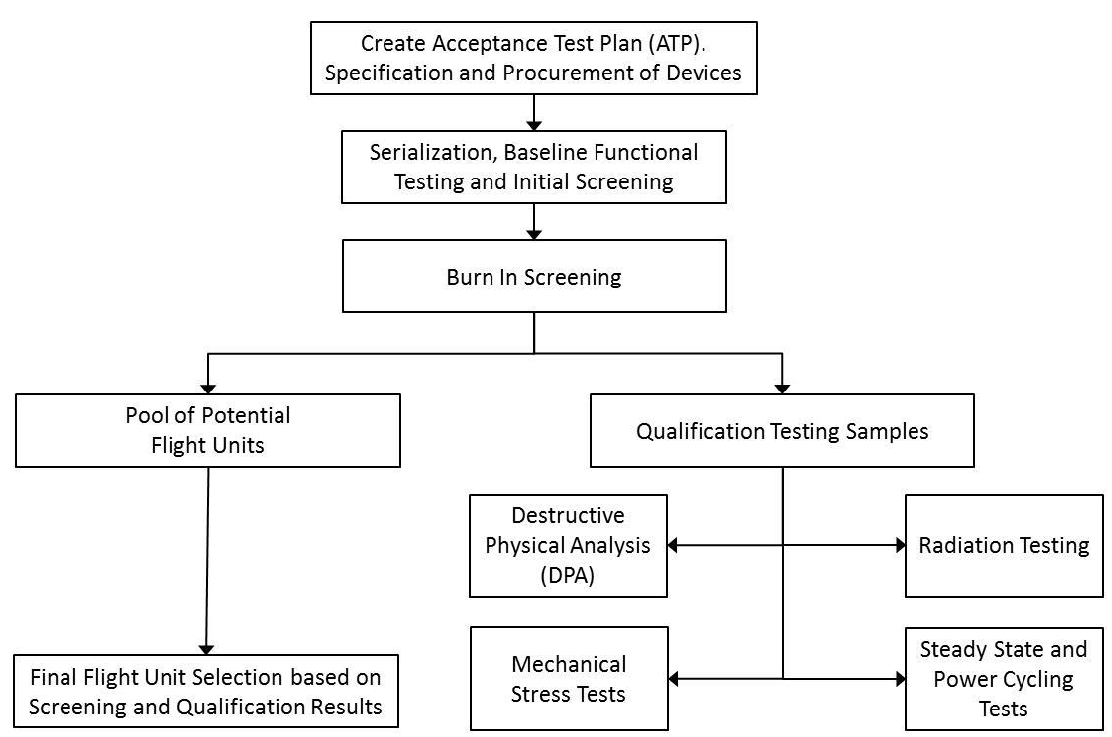
Screening:
Per the ATP, 100% of the chosen lot of components undergo screening. Typically, this includes the serialization of components and a burn-in process, but may also include a few other tests, including Destructive Physical Analysis (DPA), Particle Impact Noise Detection (PIND) testing, and mechanical & vibration testing.
Qualification Testing:
Upon completion of the screening process, Qualification Testing begins. A randomly selected subset of the screening lot is chosen and set aside as a potential pool of flight-ready units. These randomly selected components are not used for qualification testing, as any devices subjected to these tests are not considered suitable for use on the mission. A typical qualification test set may include Life Testing, Radiation Testing, Physical Analysis, and Stress Testing.
Stress Tests & Physical Analysis:
Many space programs specify the ASTM-E95 procedure (thermal vacuum exposure and analysis of materials) to ensure device performance in a vacuum environment. The most commonly required mechanical stress tests include temperature cycling, vibration, and PIND tests. Destructive Physical Analysis (DPA) enables the identification and location of various materials within the unit.
Life Testing:
Many space programs specify testing requirements, depending on whether the program involves steady-state operation or intermittent operation of the given component. Typically, test plans include long-term steady-state operations (≥1,000 hours) and extensive on/off operation (≥6,000 cycles) on an appropriate number of samples, representative of the total quantity of the candidate lot.
Radiation Testing:
Space mission payloads are constantly subjected to significant amounts of radiation. Therefore, Space Qualification requires rigorous testing of the laser diodes to assess their performance potential for the duration of the flight and any degradation induced by the specified orbital distance. Laser diodes can suffer from a degradation in performance from Total Ionizing Dose (TID) and Displacement Damage (DD), two well-known, damaging exposure effects. Typically, component testing utilizes gamma-ray radiation and neutron/proton radiation tests to simulate the impact of TID and DD, respectively.
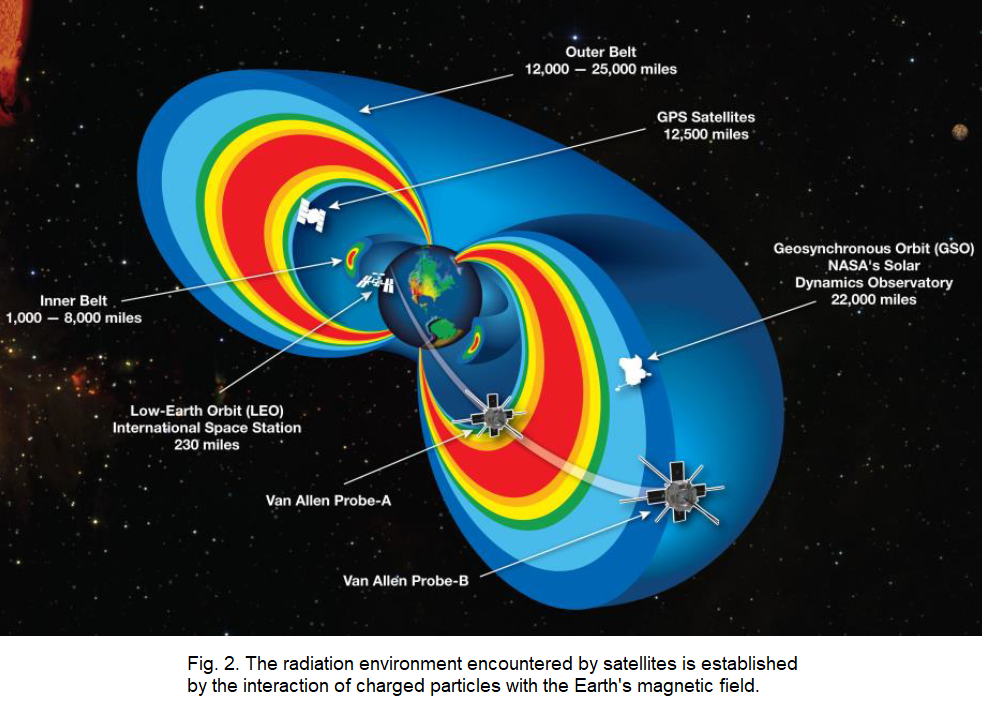
The actual amount of encountered radiation fluxes can vary widely, based upon the mission’s orbit, condition of solar cycles, and level of shielding applied to the spacecraft. The various levels of Earth’s orbits have their own typical background radiation environment. They are defined as follows:
- Low Earth Orbit (LEO – 100 to 1,200-mile altitude)
- Geosynchronous Orbit (GSO – 22,000 miles)
- Medium Earth Orbit (MEO – between LEO and GSO)
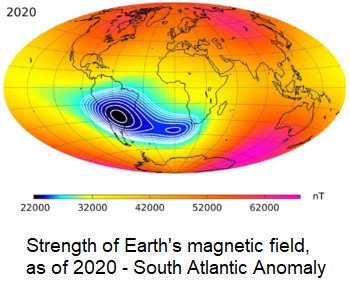
Mission-Dependent ATP Protocols Based on Orbit Level’s Radiation
The level of background radiation for missions in LEO typically ranges from 5 to 10 krads, most of which accumulates when passing through the South Atlantic Anomaly (SAA). In this area, Earth’s inner Van Allen radiation belt comes closest to Earth’s surface, exposing orbiting satellites to higher-than-usual radiation levels. The MEO, which passes through the Van Allen Belts, has typical background radiation levels ranging from 10 to 100 krads. Finally, for GSO, cosmic rays are the primary radiation source, which is typically around 50 krads. Because of these drastically different radiation environments, the radiation portion of the ATP protocols will be completely mission-dependent. Table 1 provides a quick breakdown of the various Earth orbit environments.

Radiation Exposure – Degradation Mechanisms
Numerous detailed studies are available, which examine the degradation mechanisms in laser diodes inherent to radiation exposure. Generally, radiation damage will increase the optical losses while decreasing the electrical efficiencies of laser diodes. Radiation testing for a typical ATP examines radiation-induced changes and requires less than 10% change in the following parameters to pass the test:
- lasing threshold current
- slope efficiency
- operating current at constant power
- optical power
- forward voltage
Flight Unit Selection:
If a particular lot of devices manage to pass screening and all qualification tests, the subset of components (potential pool of flight-ready units), previously reserved at the Qualification phase, are designated as ‘flight eligible.’ After reviewing all provided qualification data, the customer will select the required number of devices for use on the mission from the pool.
How Can RPMC Help with Space-Qualified Laser Diodes?
RPMC Lasers has extensive experience facilitating Space Qualification of laser diodes for various space-based applications. For nearly 25 years, we have worked closely with our trusted partners to deliver completely customized solutions and space qualification assistance for a wide variety of applications. We provide a huge range of options, including the widest laser diode wavelength selection in the industry. We offer advanced soldering processes, with options for hard or soft soldering, with high precision placement in a flux-free, void-free, uniform bond line thickness. We have many standard packages, as well as customization options, providing electrical isolation, ruggedization and low SWaP, advanced thermal management, submount design, micro lensing, fiber coupling, and more. Our laser diodes can be specified down to the wafer level, up to the packaging level, with optional add-ons and qualification specifications. These Made-in-the-US laser diodes aren’t subject to tariffs, international shipping issues, or changing/obsoleted product lines. So, we can guarantee supply for the life of your program!
Are you trying to source laser diodes for space qualification? Contact RPMC today to get the conversation started!
Talk to a knowledgeable Product Manager today by Contacting Us here, or by emailing us at info@rpmclasers.com!
See our entire range of Laser Diodes Here

 SHIPS TODAY
SHIPS TODAY 